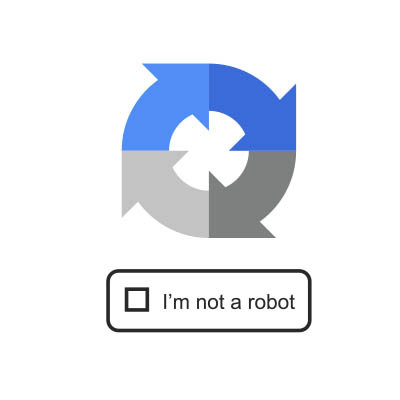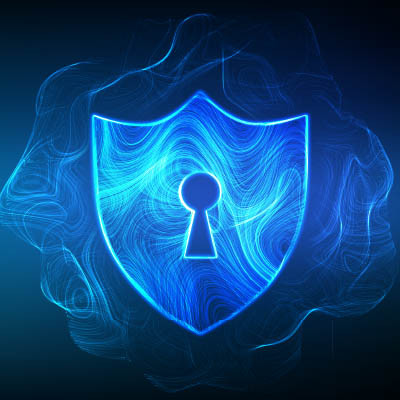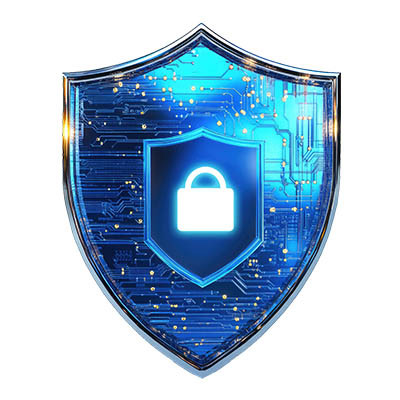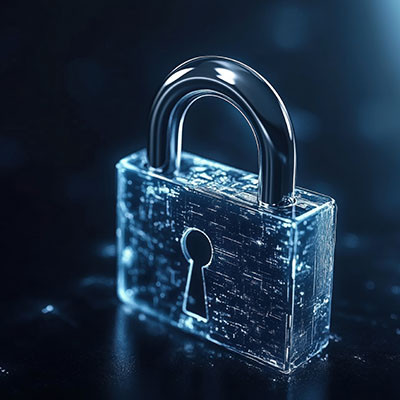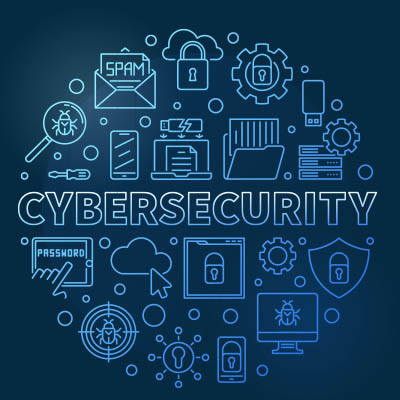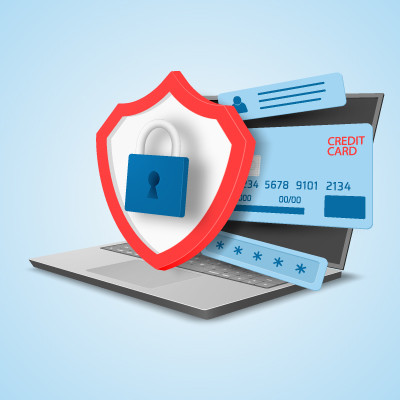In business, paper tends to pile up, gets lost, and sometimes mysteriously multiplies overnight like gremlins exposed to water. If your business is drowning in paper or struggling to find important files, it might be time to consider digital document management. But when exactly does it make sense to invest in this technology? Let’s break it down.
Argentum IT LLC Blog
You open your email and you have a message claiming your bank account has been compromised. You click the link, log in, and, whoops, you just handed your credentials to a cybercriminal. You’ve been a victim of phishing, where scammers bait you with fake messages and reel you in like an unsuspecting fish. You don’t have to be their next catch. Here’s how to recognize and fight back against phishing attempts.
If it feels like scammers are everywhere, it’s largely because they are. Every day, they’re cooking up new ways to trick people into giving up money, data, or access to their accounts. One of the biggest problems we run into is that we’re bombarded with so many scam warnings that we start tuning them out. That’s called threat fatigue, the phenomenon when you get so tired of hearing about security risks that you stop paying attention. That’s exactly what scammers want.
We’ve all had to confirm we’re not a computer when attempting to log into an account. This is the core purpose of what once was called CAPTCHA… the Completely Automated Public Turing test to tell Computers and Humans Apart. However, it seems surprising that computers don’t easily overcome these simple-seeming tests.
Let’s dig into why these simple tests actually are effective at differentiating between human users and automated bots.
In the United States, tax season is prime time for hackers to take advantage of law-abiding, tax-paying citizens. They do this through all kinds of nefarious activities, such as phishing attacks conducted through text messages and emails claiming to be from the Internal Revenue Service. If you want to avoid getting scammed this tax season, be sure to keep the following tips in mind to stay safe while you conduct your typical tax routines.
Despite some of the headlines that we saw last year, it wasn’t all bad news regarding ransomware. Critically, 2024 saw ransomware payments plummet by hundreds of millions of dollars… despite many large-scale attacks and one record-breaking whaling payment of $75 million by one victim.
This is undeniably great to hear… but with that in mind, we cannot let ourselves slip into complacency.
Running a business is already confusing enough without worrying about security at all times. Whether you’re a small business owner or a multi-level enterprise, security is just as important for all the same reasons. Today, we want to share a couple of security strategies you can implement today to feel better about the current state of your infrastructure moving forward.
Imagine waking up one day to find your phone wiped clean with no contacts, no photos, and no messages. Now, picture this happening to an entire business, where all their files, data, and systems are gone. Scary, right? That’s why businesses need a Disaster Recovery (DR) system. It helps them bounce back when things go wrong. Here’s how to build one.
Your company’s ability to keep its digital information safe depends largely on how well its technology performs. This is why it’s crucial to teach your employees how to protect your company’s data. To start, it’s important to understand your organization’s security posture. This refers to how actively you or your team work to protect your online presence. With the growing use of cloud applications and remote work becoming more common, every employee plays a role in keeping the company secure. This month we talk a little bit about creating a security culture designed to keep your data and information systems secure.
Phishing is the most common way hackers “get you,” so /to speak, but have you ever wondered why it’s so effective? Today, we want to explore the reasons why phishing schemes are so enticing to even the most security-conscious individuals out there. You might be surprised to know that even security professionals can fall prey to these types of attacks, and for very good reasons.
At the beginning of this year, a massive data breach struck a location data broker called Gravy Analytics and took possession of a dataset with 30 million points from devices worldwide. This data could potentially be used to track individuals and their movements, tellingly, through healthcare, government, and military facilities.
Unfortunately, nothing can be done about data that has already been breached, but preventative steps can and should be taken to protect your business. Let’s discuss how to prevent your applications from tracking your movements.
Did you know that phishing is, by far, the most common security risk to your business? Just think, any of your employees could become the target of a phishing attack, and all it would take is downloading the wrong file or clicking on the wrong link to expose your organization to security threats. Today, we want to offer a refresher on the throwaway signs of a phishing attack and how to protect yourself and your team from harm.
Passwords are the most important security tool used to secure digital assets. They are critical for small businesses, as weak or mishandled credentials can lead to serious security problems. Everyone must understand and follow the best practices for creating and managing passwords. This month, we will go through a few of them.
Since so much of the world is now online, businesses and organizations interact with people online now more than ever. This means they also collect people’s information, a practice they do for various reasons. Individuals need to consider their own data privacy and how it might be affected by business practices.
Passwords protect nearly all of your accounts; or at least you hope that they do. Unfortunately, making a super-secure password that’s easy to remember can be harder than people expect. Oftentimes, it feels like you are constantly solving a puzzle. So then, how do you create passwords that keep hackers out without driving yourself crazy? In this month’s newsletter, we discuss this very problem.
How seriously does your business take data privacy? Can you back up your answer with concrete examples of what you do to prioritize that notion? Today, we face a serious threat to both individual and consumer data privacy, so we want to take the time to cover how you can make data privacy a priority in your own life.
Cybersecurity is intensely important, so a business owner would think implementing every security feature and defense would be a good idea. However, as research has shown, this can be counterproductive, as only 67% of surveyed security leaders know what led to cybersecurity incidents in their businesses over the past year.
The Disney brand has long cultivated an image of magic and wonder. However, this image has yet to materialize any magical effects in reality. For example, people still suffer from food allergies while visiting Disney’s various parks.
This makes it especially dangerous that a former Disney employee was allegedly still able to access a specialized menu-planning app and make alterations, like changing prices, adding language that Disney certainly would not approve of, switching text to the unintelligible “Wingdings” font, and worst of all… changing menu information.




